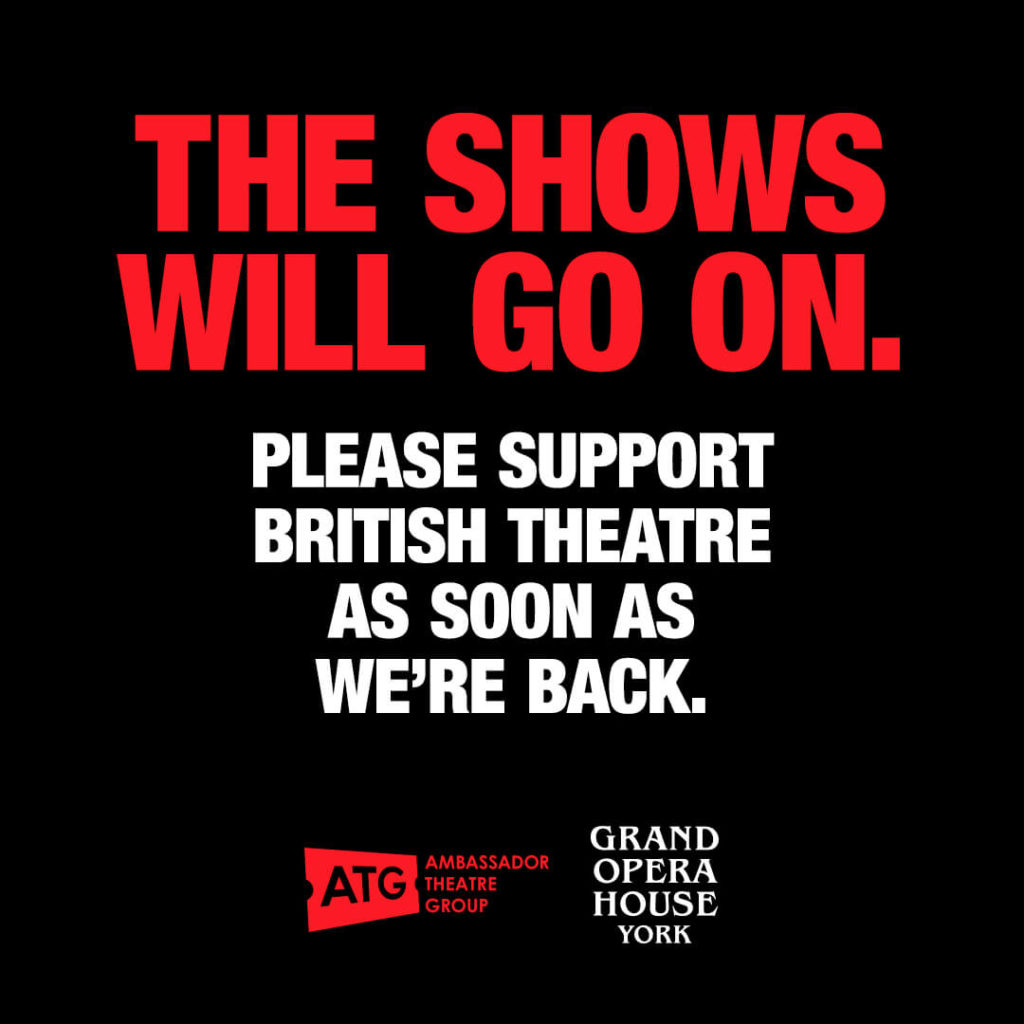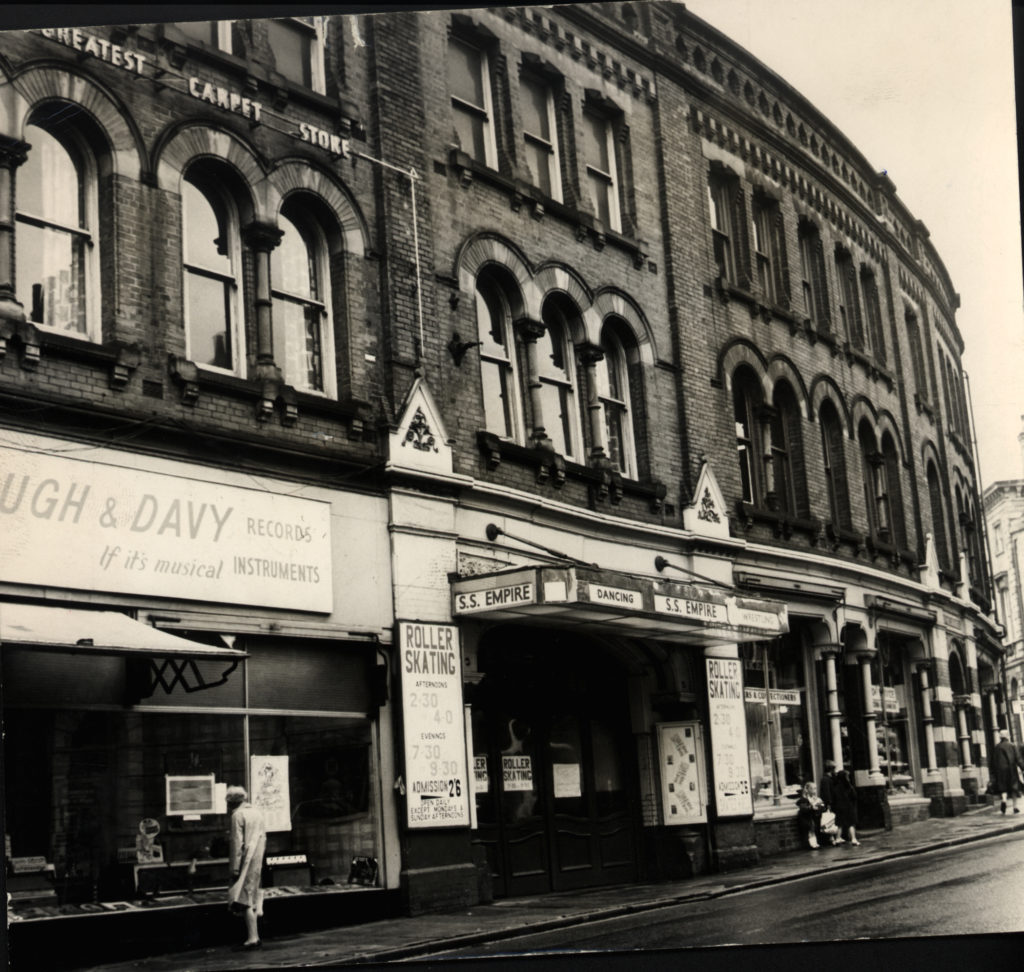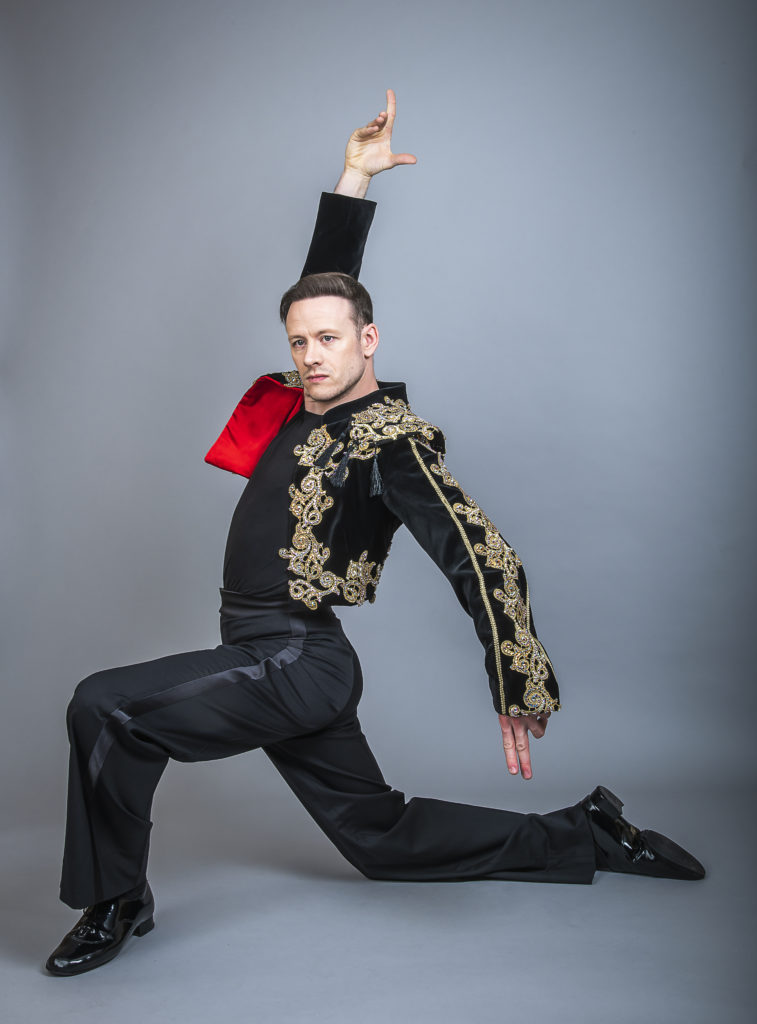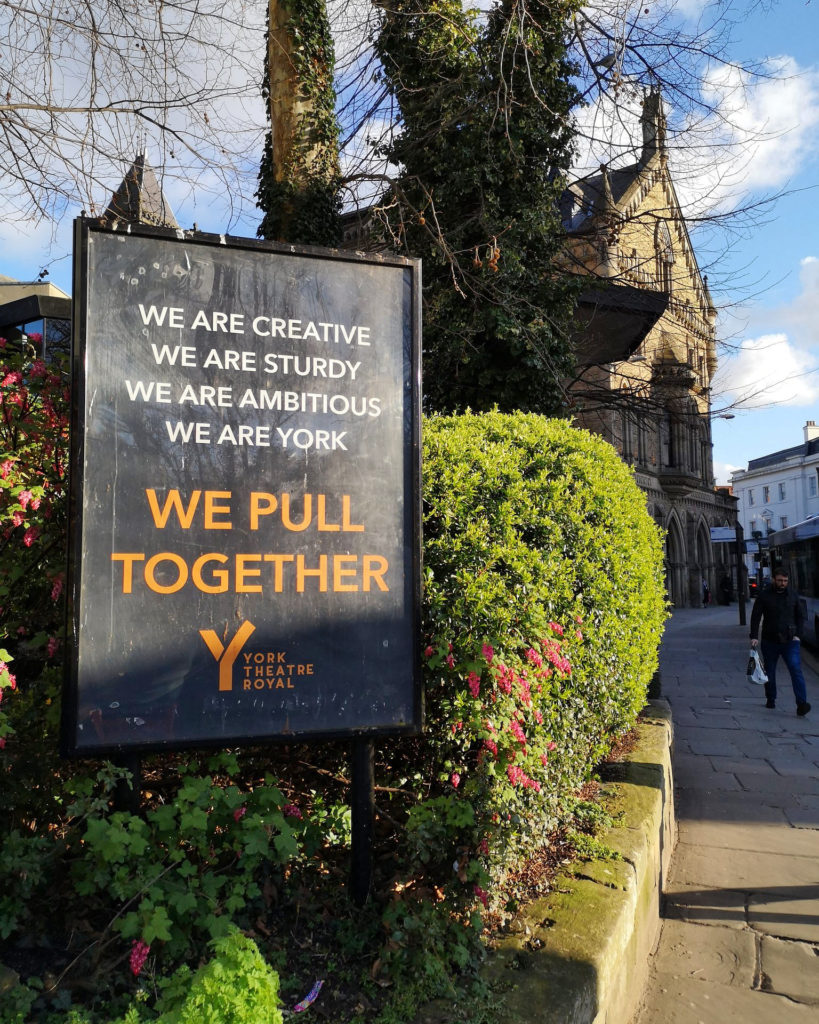
TODAY is World Theatre Day, but a day when the world of live theatre and its eye on the world are shut down by the Coronavirus pandemic.
Nevertheless, theatres are still marking the occasion, be it York Theatre Royal executive director Tom Bird’s Tweets throughout the day on his favourite theatres around the world, or reflections elsewhere on why theatre, in its myriad forms, is so important to British life.
At the Theatre Royal, show posters have been replaced by one message to the city of York, a rallying call reminiscent of wartime posters, designed in the Theatre Royal livery by marketing officer Olivia (Livy) Potter from an initial idea by development officer Maisie Pearson.
In bold print, it reads: We Are Creative. We Are Sturdy. We Are Ambitious. We Are York. We Pull Together.

Here, Olivia answers Charles Hutchinson’s questions on how the poster came to be printed.
Why and how did you choose the wording of your poster, Olivia?
“The wording was inspired by York Theatre Royal’s values:
“We are ambitious
We are sturdy
We are welcoming
We are ambassadors for York
We celebrate the city’s true diversity; it makes us bloom
We are creative in every context
We pull together
We excel in every area”.
“The idea to take some of these values and work them into a message came from our development officer, Maisie Pearson, and it was a brilliant one.”
Dumb question, but what prompted you to do it?
“We had to take the show posters down outside the theatre as they were promoting productions that had been cancelled, such as Alone In Berlin mid-run.
“The empty poster sites looked very forlorn and that got us thinking about putting up a poster with a message of support and solidarity for the city to see instead – something that could stay up for however long it needed to.”
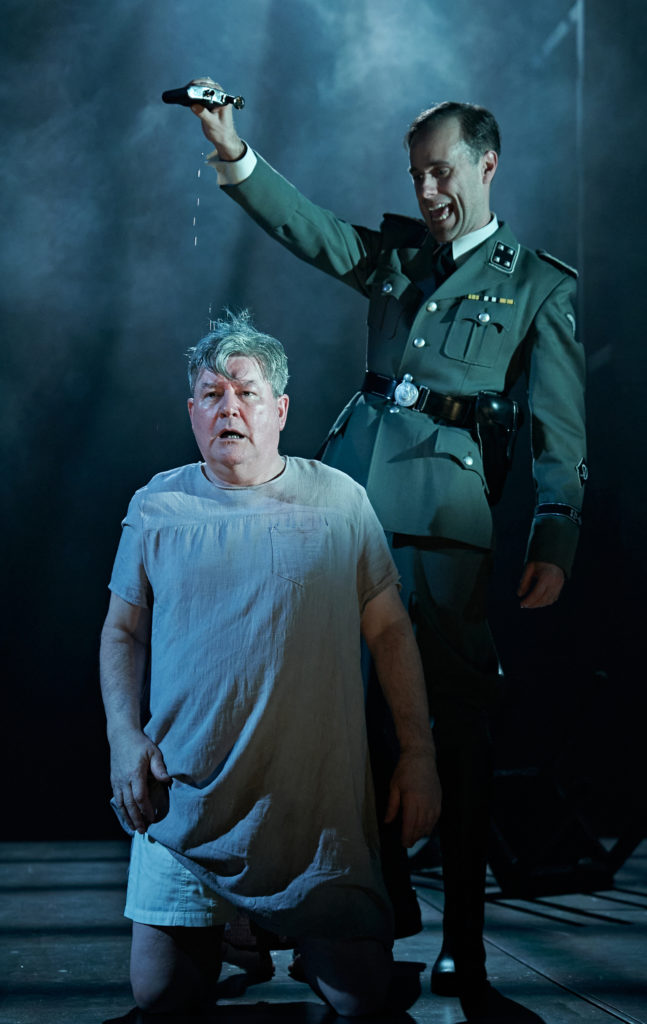
What is the overall message you are seeking to put across? Is it about theatre and the arts at large being woven so vitally into the fabric of York, or is it more about that wider message of the importance of all pulling together?
“I think it’s both these messages. It’s a very uncertain time for all industries right now, but particularly the arts and entertainment industry.
“We wanted to find some way of reassuring the people of the city that the curtain will rise again and we want everyone to be there when it does.
“Also, the narrative of the nation ‘pulling together’ by staying at home to save lives has really come into force, particularly over the last few days. The wording we’ve chosen for the poster seems to be quite vital now and in keeping with this narrative.”
Where are the posters on show at York Theatre Royal?
“One can be found by our Stage Door on Duncombe Place, next to Red House Antiques. Another can be found next to our patio area to the left of the theatre building on St Leonard’s Place.”

Why are posters such a powerful medium in tumultuous times?
“Poster art and design is a really interesting medium, and very difficult to get right. I suppose the key is to keep it simple, find your message and present it in a way that is striking.”
How did you choose the charcoal and old-gold colour scheme for the poster? Echoes of wartime posters, perhaps?
“The colours are actually the brand colours of York Theatre Royal, which unintentionally seem to have connotations of those famous wartime-era posters.”
Will there be more posters to come?
“We hope that won’t be necessary and that we can replace them with show posters soon.”
How are you spending your days during the theatre shutdown?
“I’m finding ways to engage with our audiences online; yoga; a bit of dancing; chatting to family and friends online; making fancy meals and drinking a fair bit of gin.”
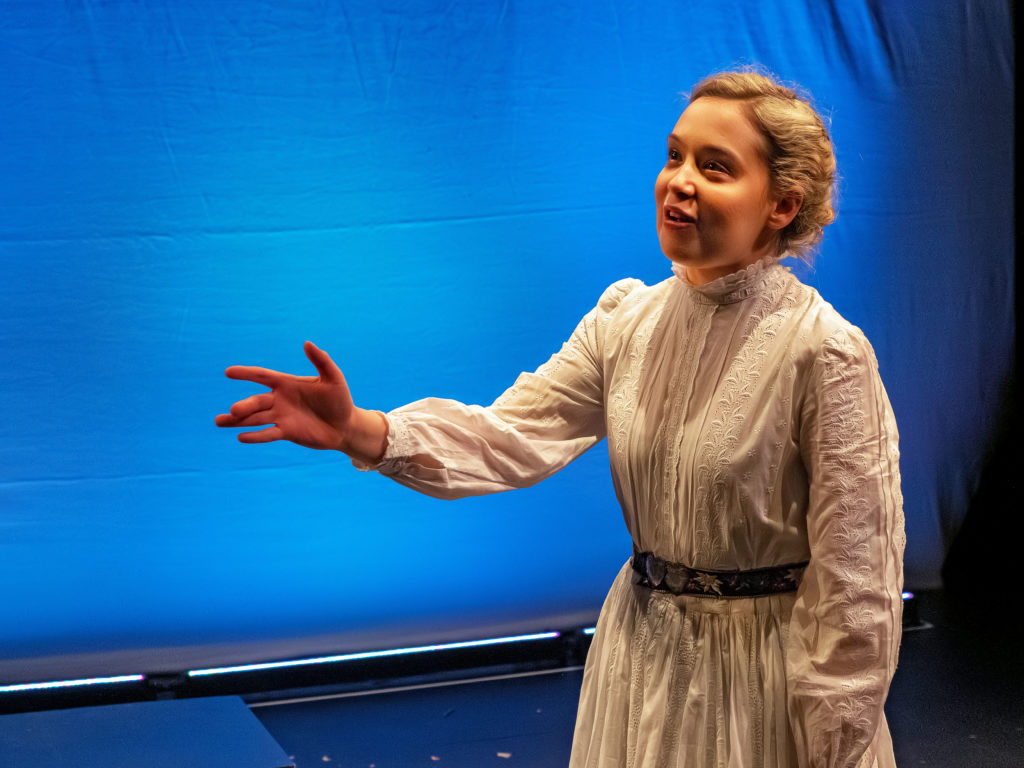
On World Theatre Day, why does theatre and the arts matter so much to you, both in your work at the Theatre Royal and as an actor?
“There’s nothing quite like the arts as a means of bringing people together, not just physically but emotionally too.
“I love being part of an audience who are engaged, laughing as one and sometimes even crying together, too.
“One of the biggest joys in my life is being part of a group who come together with the purpose of creating something as one – a shared aim of telling a story for others to listen to and enjoy.
“In this difficult time, I think people are going to find really ingenious ways of achieving this and when this all does finally end, I can’t wait for us all to come together once more to experience the joys of theatre afresh.”

